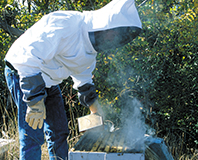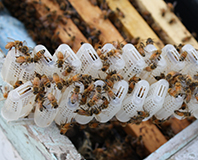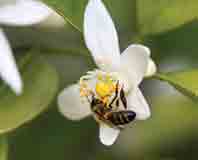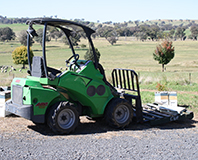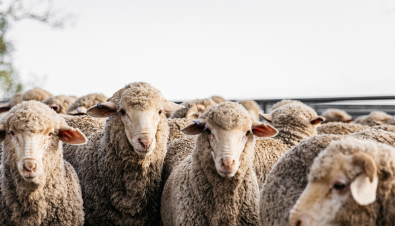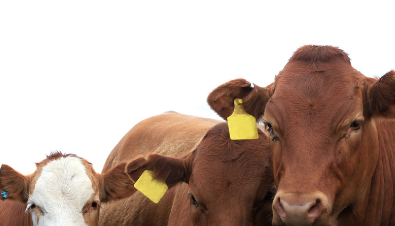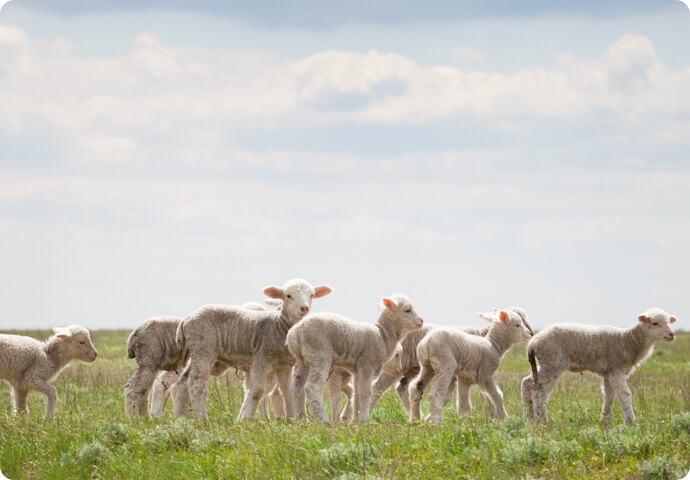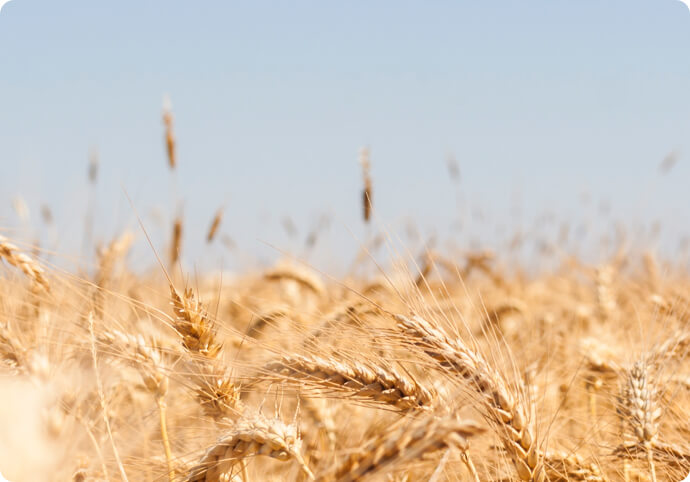Vehicles machinery and equipment
Vehicles and all apiary equipment, including forklifts, trucks, hand tools and bee boxes can carry pests and diseases in adhering honey and wax. Pest and diseases can then spread, or be introduced to a previously clean apiary.
Take the following measures to reduce the risk of pest and disease entry on equipment and vehicles:
- Clean and wash down vehicle trays of honey, wax and associated colony debris, especially after visiting other apiaries.
- Limit the movement of vehicles within the apiary.
- Always make sure that borrowed and second-hand apiary equipment and machinery is cleaned and sterilised before moving into the apiary.
- Regularly clean and sterilise all tools and equipment, including hive tools, gloves, pallets, boxes and any other equipment used in the apiary.
While inspecting and cleaning machinery can seem onerous, remember that it is easier and cheaper than dealing with a new pest or disease.
As well as ensuring good honey bee hygiene, beekeepers who travel to farms or properties need to consider farm biosecurity for other primary producers or to the natural environment.
Pests, diseases and weeds carried in soil, apiary equipment, on vehicles, clothing and boots can introduce pests that are very damaging for other agricultural industries or to native vegetation.
- Always consider farm biosecurity when entering a property.
- Be aware of other industries’ biosecurity risks and requirements.
- Adopt a ‘come clean, go clean’ policy wherever possible.
- Talk to the landholder about areas that have been visited or any specific biosecurity concerns that apply to their property.
More

